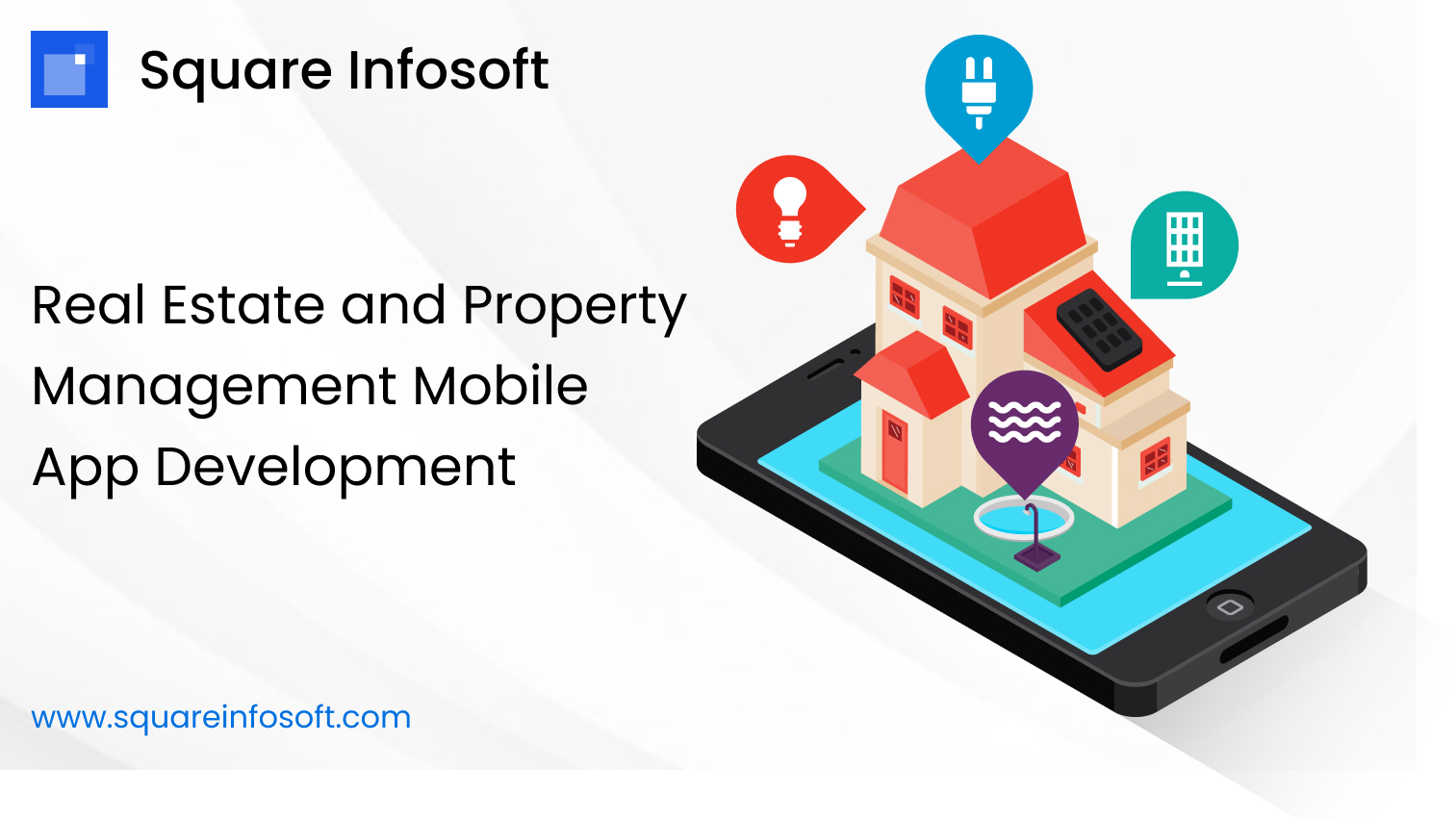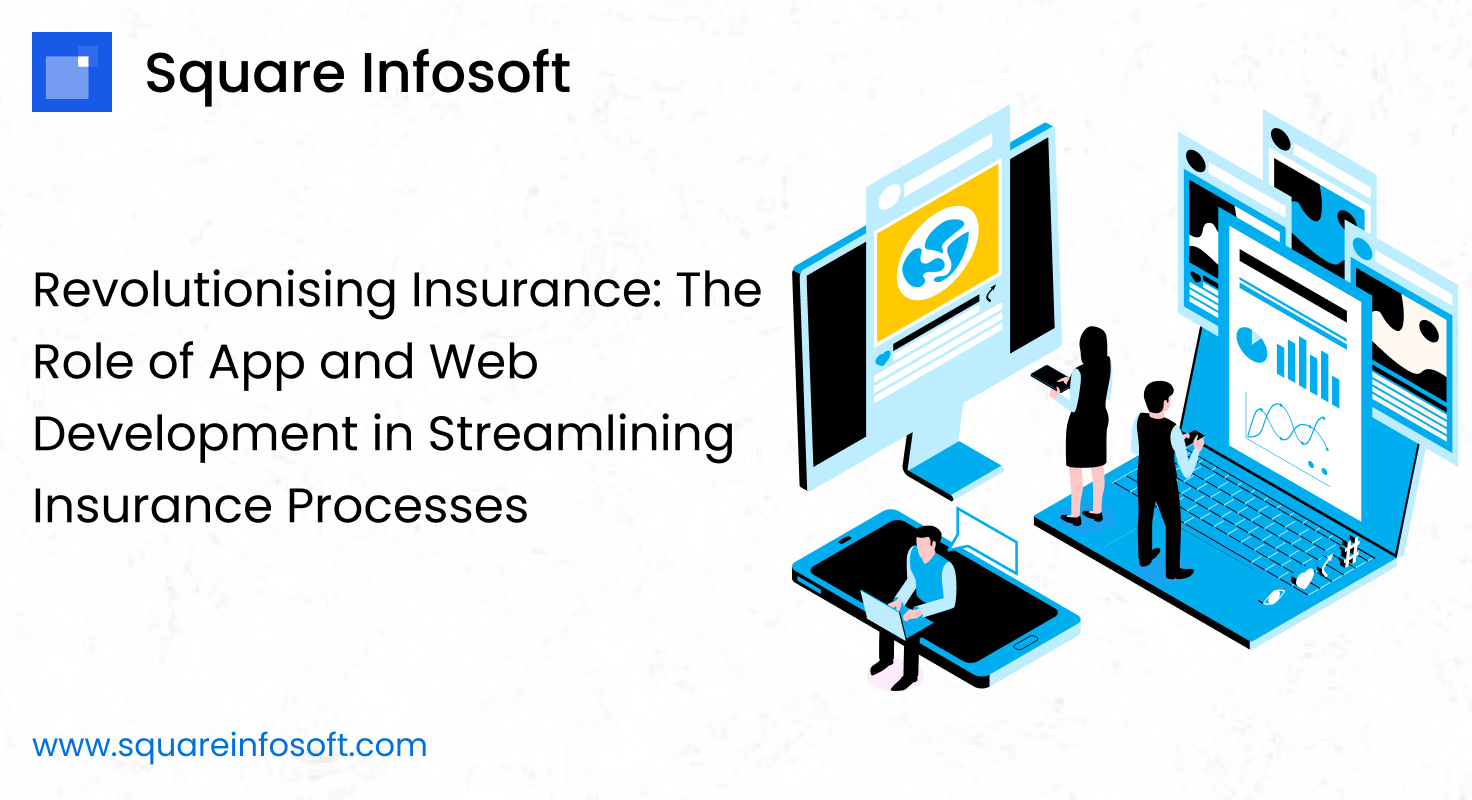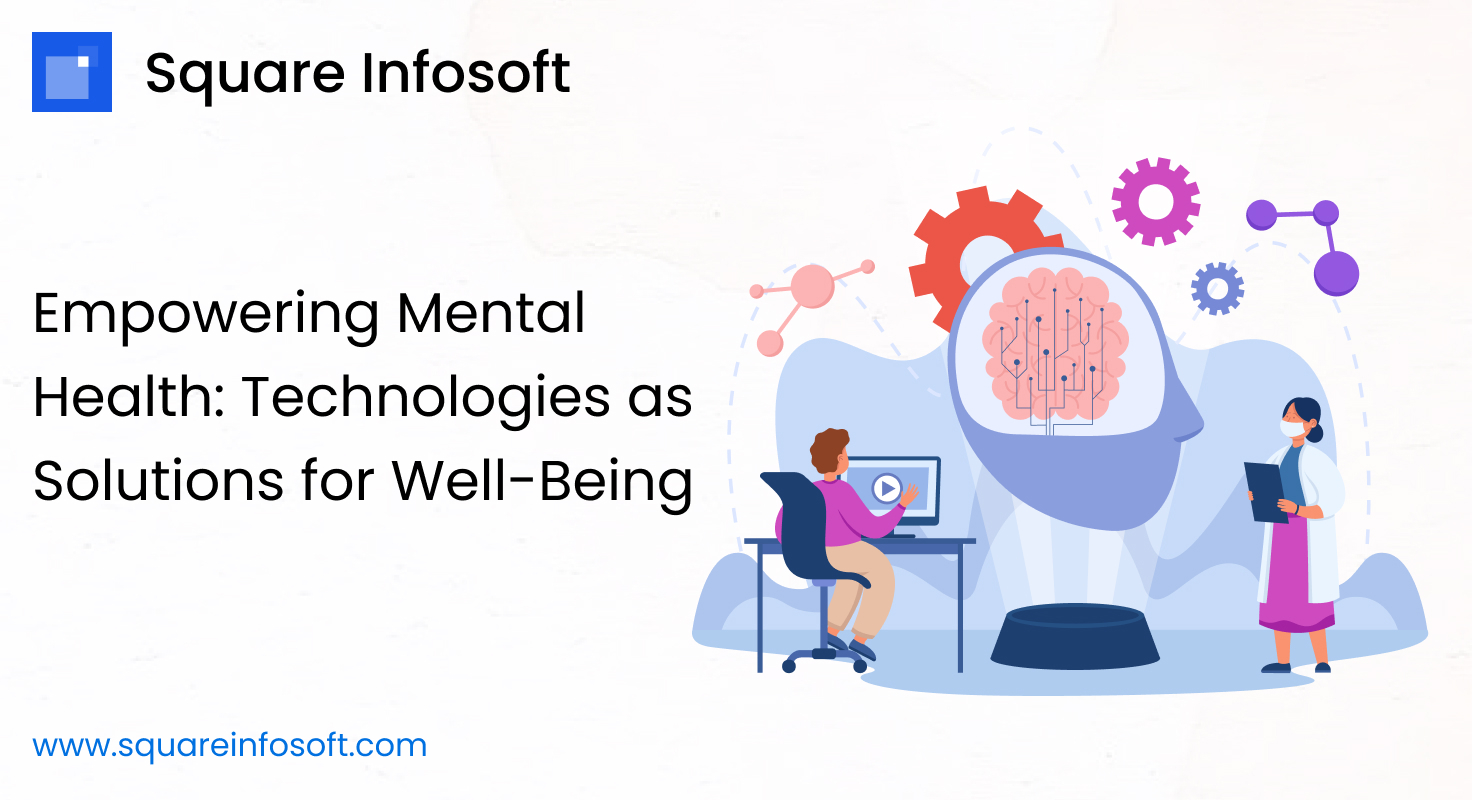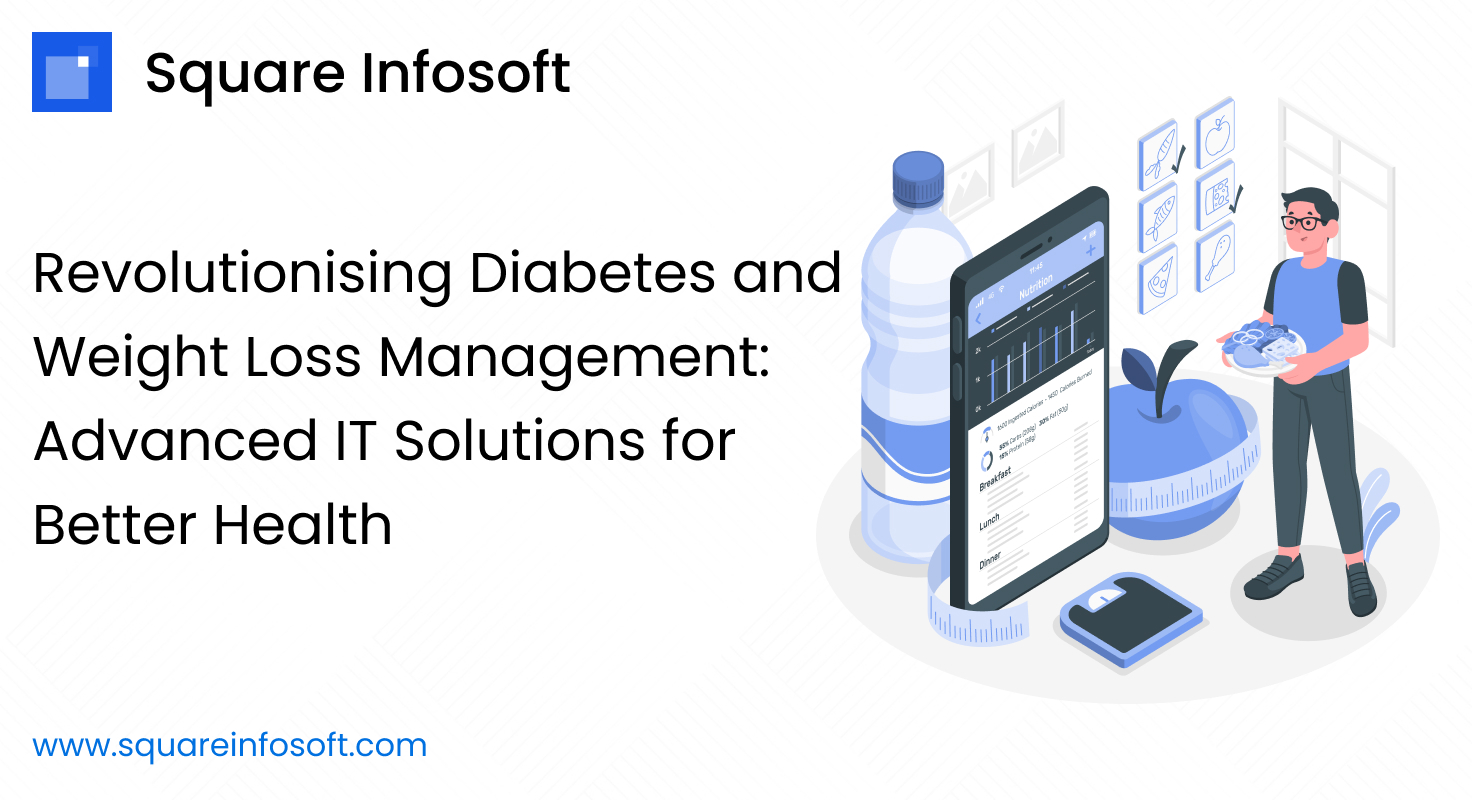Developing a mobile application for the real estate and property sector presents an opportunity to revolutionize the way people buy, sell, rent, and manage properties. In this comprehensive guide, we’ll delve into the key considerations, processes, and technologies involved in creating a mobile app for real estate and property management.
1. Market Research and Analysis:
Before embarking on development, conduct thorough market research to understand the needs, preferences, and pain points of both property buyers/sellers and real estate professionals. Analyze existing real estate apps, their features, user reviews, and market positioning. Identify market trends, demographic insights, and geographic considerations to define your target audience and unique value proposition.
2. Define Features and Functionalities:
Based on market research insights and stakeholder feedback, define the features and functionalities of your real estate mobile app. Some essential features to consider include:
- Property Listings: Enable users to search, browse, and filter properties based on criteria such as location, price range, property type, size, amenities, and more.
- Property Details: Provide comprehensive property listings with high-quality photos, detailed descriptions, virtual tours, floor plans, and neighborhood information.
- Saved Searches and Favorites: Allow users to save their favorite properties, set up saved searches with specific criteria, receive notifications for new listings matching their preferences.
- Property Management: Offer tools for property owners and landlords to manage their listings, schedule viewings, track inquiries, and communicate with potential tenants or buyers.
- Mortgage Calculator: Integrate a mortgage calculator tool to help users estimate monthly mortgage payments, down payments, and affordability for properties they are interested in.
- Appointment Scheduling: Facilitate appointment scheduling for property viewings or meetings with real estate agents, landlords, or property managers directly within the app.
- User Accounts and Profiles: Enable users to create accounts, save preferences, view transaction history, manage notifications, and access personalized recommendations.
- Real-time Chat and Messaging: Implement chat and messaging functionality to facilitate communication between buyers, sellers, agents, and other stakeholders involved in the transaction process.
3. Choose the Right Technology Stack:
Selecting the appropriate technology stack is crucial for building a scalable, secure, and user-friendly real estate mobile app. Consider factors such as platform compatibility (iOS, Android, or cross-platform), backend infrastructure, database management system, and third-party integrations.
For frontend development, popular frameworks like React Native, Flutter, or native development using Swift (for iOS) and Kotlin (for Android) can be utilized. For backend development, you can choose from a variety of technologies such as Node.js, Python (Django or Flask), Ruby on Rails, or Java.
Utilize reliable databases like PostgreSQL, MongoDB, or Firebase for storing property data, user profiles, and transaction records securely. Integrate APIs provided by real estate listing platforms, mapping services, property valuation tools, and payment gateways for seamless functionality.
4. Design and User Experience:
Create an intuitive and visually appealing user interface (UI) design that enhances the overall user experience (UX). Pay attention to factors such as ease of navigation, clarity of information, consistency in design elements, and accessibility across different devices and screen sizes.
Follow design principles such as minimalism, responsive design, and intuitive interactions to create a user-friendly interface. Incorporate high-quality images, interactive maps, and smooth animations to engage users and showcase properties effectively.
5. Development and Testing:
Begin the development process by breaking down the project into smaller tasks or modules and assigning them to the development team. Follow agile development methodologies such as Scrum or Kanban to ensure iterative development, continuous integration, and frequent testing.
Implement best practices for code quality, documentation, version control (using tools like Git), and collaboration among team members. Conduct thorough testing at each stage of development, including unit testing, integration testing, and user acceptance testing (UAT), to identify and fix bugs or issues promptly.
6. Deployment and Maintenance:
Once development and testing are complete, deploy the app to the respective app stores (Apple App Store and Google Play Store) following their guidelines and policies. Monitor the app’s performance, user feedback, and analytics data to identify areas for improvement and implement regular updates and enhancements.
Invest in ongoing maintenance and support to ensure the app remains up-to-date, secure, and compatible with the latest operating systems and devices. Continuously gather user feedback, analyze market trends, and adapt the app’s features and functionalities accordingly to meet the evolving needs of real estate professionals and property seekers.
Creating a mobile application for the real estate and property sector holds immense potential for transforming the way transactions are conducted and properties are managed. By conducting thorough market research, defining essential features, selecting the right technology stack, designing an intuitive user experience, and focusing on development, testing, deployment, and maintenance, developers can craft innovative solutions that cater to the diverse needs of property buyers, sellers, landlords, and real estate professionals. With a commitment to continuous improvement and adaptation to evolving market trends, a well-executed real estate mobile app has the power to revolutionize the industry, enhancing efficiency, transparency, and convenience for all stakeholders involved. By embracing the digital age and leveraging technology effectively, the future of real estate transactions is set to be more accessible, streamlined, and user-centric than ever before.




